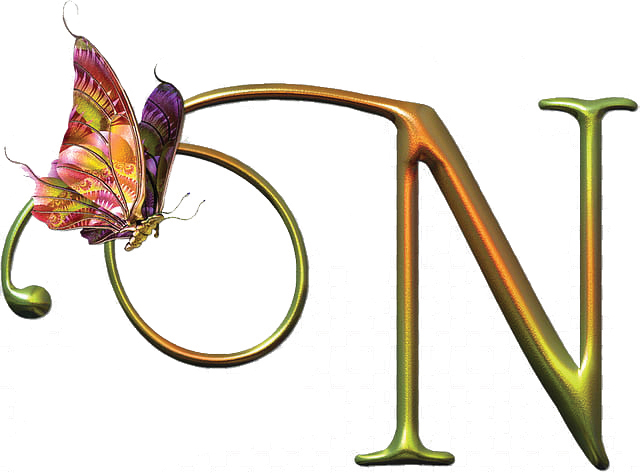Dragonfly Tales-Vitamin N
- By Steve Melcher –

The Essentials:
That’s not just dirt under my fingernails.
Folks who think I’m a vegan often ask, “Where do you get your protein?” I answer “I eat plenty of whofoplaba.” You can be a vegan and eat Oreos, chips and drink beer. Well, not the old Guinness that formerly used isinglass, a collagen harvested from fish swim bladders used to filter impurities out of the brew. The new Guinness contains and uses no animal products. As a vegan, you have to be conscious that some beers have whey or milk products and some wines use egg whites in their precipitation process. But that’s another article. I tell them that by eating whofoplaba, I get plenty of protein. “Where can I get some whofoplaba?”, they ask. I answer by quoting Michael Pollan, “Eat food, not too much, mostly plants,” and adds, “and stay away from processed foods”. Then I am told that you can’t make muscle without meat. I refer them to the current medical literature, the movie Game changers and show them a photo of a silverback gorilla who builds some pretty impressive muscles from eating just leaves. And then I’ll ask, “Where do you get your fiber?” Meat packs more protein per ounce than veggies but also has zero fiber. Check out any floor of the hospital and you won’t find the protein deficiency ward, but you will find plenty of illnesses related to a lack of fiber and poor diet. They may also ask where I get my Vitamin B12. This is a good question for all of us and the answer is interesting. B12 is produced by bacteria found in soil as well as in the guts of animals including humans. The cow you ate didn’t make Vitamin B12, that future burger got it from eating plants. Humans used to get plenty of Vitamin B12 from plants, nuts and tubers that were covered with dirt. In that dirt were Vitamin B12 producing bacteria. “You’ll eat a peck of dirt before you die,” is the old proverb but hardly seems applicable as we shop for sterilized and hermetically sealed vegetables. So, I buy locally grown veggies and take a Vitamin B12 supplement.
“Essential” in medical terms means that we cannot produce it ourselves. We need Vitamins D and B12 but cannot produce them ourselves. We get Vitamin D from the sun and B12 from bacteria. I won’t go into the value of a plant-based diet. Many of you are on that journey already and I may share my thoughts in the future. Those of you who have done some reading and research may have become familiar with our own local version of promoting a whole food plant-based diet: Rochester Lifestyle Medicine. Physicians can now become board certified in Lifestyle Medicine. The American Board of Lifestyle Medicine (ABLM) certification is recognized by the American Board of Medical Specialties. One such Doc, a local radiologist, is Ted Barnett who is referred to as the ‘High Tech Doc with Low Tech Solutions’. Ted and his group at the Rochester Lifestyle Medicine Institute run several workshops and courses with the goal of introducing folks to a whole foods plant based diet and the value of ‘green exercise’. Part of a healthy lifestyle is pretty much what your mom told you when you were a kid: eat your veggies and go outside and play. America is slowly making headway with transitioning to a plant based diet. The realization that Type 2 diabetes and childhood obesity are food-borne illnesses are persuading concerned parents to be more conscious of what their kids are eating at home and at school and steering them away from the local junk food eateries. Adults diagnosed with heart disease are more and more opting for cutting up their own carrots instead of having their chest cut open. So I’ll leave what is on your plate to your discretion but I want to discuss another essential part of anyone’s diet.
Another “Essential Vitamin” that we are producing here at Odonata Sanctuary is one that is found in sunshine, soil, plants and animals, mud and butterflies. My question to you is, “Where do you get your Vitamin N?” Vitamin N is a term used in early Nature Study literature over 100 years ago. Recently it has become popularized through the writings of Richard Louv whose book, Last Child in the Woods urges parents to encourage their kids to spend more time in nature. Last Child in the Woods brought together the growing body of research that indicates a direct exposure to nature is essential to a healthy childhood and a lack of exposure will lead to health issues in adulthood. A lack of Vitamin N produces what Louv calls a “Nature-Deficit Disorder” and believes that more exposure to nature would cure many of society’s ailments.
__________________________
If a child is to keep his inborn sense of wonder, he needs the companionship of at least one adult who can share it, rediscovering with him the joy, excitement, and mystery of the world we live in. Rachel Carson
